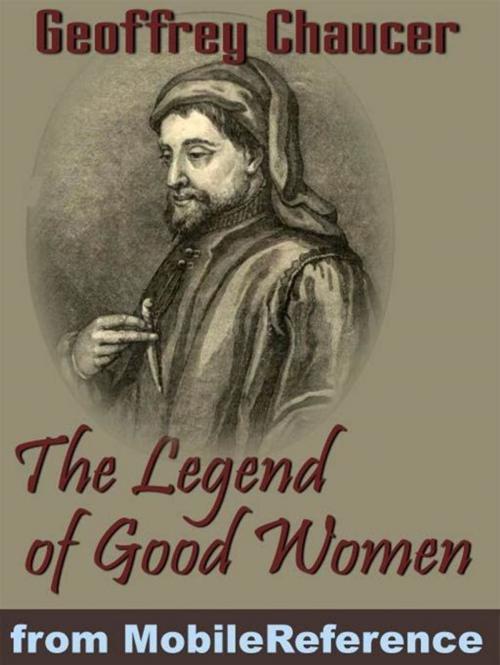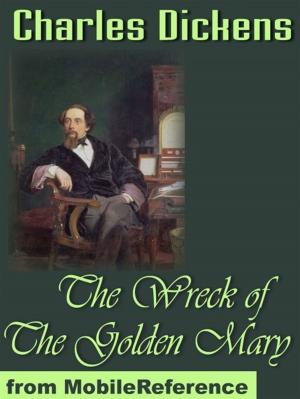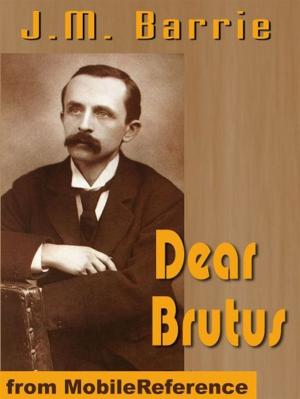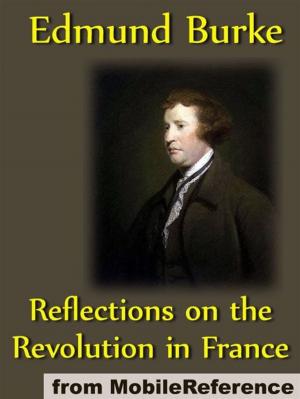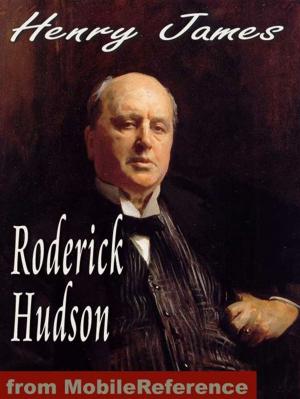| Author: | Geoffrey Chaucer | ISBN: | 9781605018072 |
| Publisher: | MobileReference | Publication: | January 1, 2010 |
| Imprint: | MobileReference | Language: | English |
| Author: | Geoffrey Chaucer |
| ISBN: | 9781605018072 |
| Publisher: | MobileReference |
| Publication: | January 1, 2010 |
| Imprint: | MobileReference |
| Language: | English |
The poem is the third longest of Chaucer's works, after The Canterbury Tales and Troilus and Criseyde and is possibly the first significant work in English to use the iambic pentameter or decasyllabic couplets which he later used throughout the Canterbury Tales. This form of the heroic couplet would become a significant part of English literature no doubt inspired by Chaucer.The poet recounts ten stories of virtuous women in nine sections. The legends are: Cleopatra, Thisbe, Dido, Hypsipyle, Medea, Lucrece, Ariadne, Philomela, Phyllis and Hypermnestra. The work is a similar structure to the later Monk's Tale and like that tale, and many of his other works, seems to be unfinished. Chaucer's sources for the legends include: Virgil's Aeneid, Vincent of Beauvais, Guido delle Colonne's Historia destructionis Troiae, Gaius Julius Hyginus' Fabula and Ovid's Metamorphoses and Heroides. Excerpted from Wikipedia, the free encyclopedia.
The poem is the third longest of Chaucer's works, after The Canterbury Tales and Troilus and Criseyde and is possibly the first significant work in English to use the iambic pentameter or decasyllabic couplets which he later used throughout the Canterbury Tales. This form of the heroic couplet would become a significant part of English literature no doubt inspired by Chaucer.The poet recounts ten stories of virtuous women in nine sections. The legends are: Cleopatra, Thisbe, Dido, Hypsipyle, Medea, Lucrece, Ariadne, Philomela, Phyllis and Hypermnestra. The work is a similar structure to the later Monk's Tale and like that tale, and many of his other works, seems to be unfinished. Chaucer's sources for the legends include: Virgil's Aeneid, Vincent of Beauvais, Guido delle Colonne's Historia destructionis Troiae, Gaius Julius Hyginus' Fabula and Ovid's Metamorphoses and Heroides. Excerpted from Wikipedia, the free encyclopedia.
